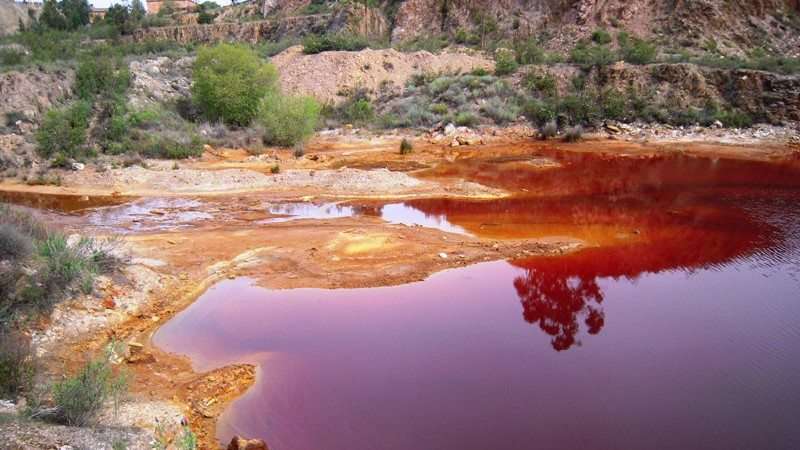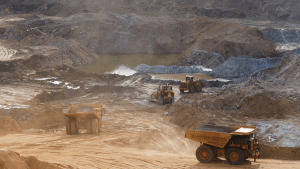Chinese mining company in Zambia implicated in major toxic spill

A Chinese mining company is being accused of a cover-up following a major toxic spill into the Kafue River, contaminating half of Zambia’s water supply.
According to The Associated Press, on September 1, there was a partial collapse in a dam holding back toxic waste at the Sino-Metals Leach Zambia (SMLZ) mine in February 2025. The company is a subsidiary of the Chinese state-owned China Nonferrous Metal Mining Group.
The accident caused a catastrophic spill that contaminated the Kafue River with arsenic and cyanide.
SMLZ, in the immediate aftermath of the incident, hired an outside company to handle the environmental cleanup. That same organisation-Drizit: a South Africa-based environmental company-shared the findings of its two-month-long accident investigation, stating that over 1.5 million tonnes of highly toxic materials had been dumped into the surrounding river and ecosystem.
That figure surpassed what SMLZ admitted to following the accident by over 30 times.
Drizit is reported to have submitted their investigation’s findings to SMLZ, outlining damages, however, the company disputed these findings.

Just one day before the company’s final report was due, SMLZ terminated its contract with Drizit citing “contractual breaches” in a statement. On top of this, the same statement from mining company SMLZ, said the Zambian government was looking for another company to conduct a new investigation into the accident, which may indicate the Zambian government in an attempt to downplay or cover-up the true scale of the catastrophe.
The major accident occuredon February 18th of 2025, at a mine located in Kitwe in the country’s north. Incidentally, Kitwe is the second largest city in Zambia, with over 700,000 residents, and due to serious concerns the local water supply was shut off temporarily.
The spill was not restricted to the surrounding areas, however, as toxic contaminants reached the local waterways that then connect to the Kafue River, which over 11.5 million people rely on, over half of Zambia’s 21 million people.
Fish were discovered dead over 100 km (62 miles) downstream from the mine.
President Hakainde Hichilema requested expert assistance and described the event as a crisis. While officials assessed the extent of the spill’s “devastating consequences”, extensive groundwater contamination and river pollution became evident.
Zambia’s government responded by scrambling the air force and speedboats to spread several hundred tonnes of lime in an effort to halt the damage being caused by the acid waste.
SMLZ also apologised to the government and said they would assist in the cleanup.
What happened next was an interesting turn of events: The Zambian government said there was no cause for alarm, with water levels return to normal and the situation being described as under control.
It then emerged last month that the US Embassy in Zambia was removing all government officials from the mine’s surrounding area, as “hazardous and carcinogenic substances” had been found in the environment according to new information.
Drizit claims the situation was far more dire than either SMLZ or Zambian officials had revealed.
According to over 3,500 samples from their investigators, there were dangerous levels of cyanide, arsenic, copper, zinc, lead, chromium, cadmium and other toxins that risked anything from cancer and organ damage to birth defects.
Although Drizit’s full report has not been released publicly, they claim that over 900,000 tonnes of toxic waste remains in the environment, meaning that a true cleanup operation should be launched lest people suffer the consequences to their health for decades.
Chinese interests in copper mining are crucial: China requires huge quantities of the metal for its electric vehicle and technology sectors, with plans to increase its consumption to 3 million tonnes by 2031. Zambia being one of the top global copper producers, it comes as little surprise that China would want to maintain a good public image and relations with Zambia for their future ambitions.
Mining remains a deadly, dangerous and overlooked reality of the modern age, where a reliance on precious metals has become a fact of life. Many foreign interests are competing for domination across African resources sectors, meaning it is of little surprise that deadly accidents can be brushed aside so quickly, and with little resistance.
The Associated Press, Maghrebi.org
Want to chase the pulse of North Africa?
Subscribe to receive our FREE weekly PDF magazine











